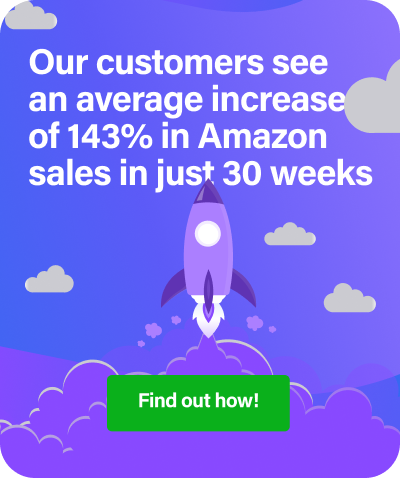Just a few months ago, Amazon finally left its teen years behind and graduated into adulthood. The business has become so integrated with day-to-day life, it’s a little hard to believe Jeff Bezos incorporated it (first as Cadabra) in 1994 and put it online just a year later. With this new chapter in Amazon’s life, RepricerExpress takes a look back at its 20-year history — how it started, what its growth has been like, and how you can leverage it for your own business.
Early Beginnings: Riding the Crest of the Internet Boom
In the early ‘90s, the Internet was rapidly approaching the dot-com bubble, a roughly six-year period where Internet companies were enjoying an intensely popular period that would soon result in a devastating crash. But before that happened, the stock market was full of cheery confidence and constant good news, and millionaires were born every day.
It seems as though humanity never learns from its mistakes when it comes to the speed with which things are built: a sharp and fast rise generally doesn’t leave much room to build a solid foundation (but is tempting to get rich quick in), while the slower and steadier growth tends to result in longer-lasting success. Bezos knew that if he wanted Amazon to have any kind of endurance, he’d have to go with the latter approach.
Instead of hopping on the bandwagon du jour, Bezos initially chose to focus Amazon on selling books, which always enjoyed a relatively stable amount of success. He saw that the largest bookstores in America carried hundreds of thousands of titles at varying prices, ranging from brand new hardcovers to reprinted paperbacks, and knew he could take it several steps further by mostly removing overhead costs associated with brick-and-mortar stores.
And the Amazon logo? Bezos chose it for two reasons:
- The “A” at the beginning of Amazon meant it would appear earlier in searches, and
- The arrow was both a smiley face and indicated Amazon carried everything from A to Z.
Bumps and Successes Early On
We mentioned before that the most successful businesses are the ones that build a solid foundation and grow gradually, as opposed to putting all the eggs in one basket and launching it like a rocket. Bezos had a plan in which he expected not to turn a profit for at least the first four to five years, despite the clamouring from shareholders for more. But when the dot-com bubble burst, Amazon was left standing and Bezos looked mighty smart for standing pat.
Soon, Amazon began to grow and grow and by the time it reached seven years of age, it officially passed the $1 billion mark in terms of revenue. However, the profit on this admirable revenue was just $5 million, although it was a very promising start.
In fact, it was so promising, other companies began to sit up and take legal notice: Barnes and Noble sued Amazon in 1997, while Walmart followed suit a year later. Looking back, we can see those lawsuits hardly made a dent in Amazon’s progress, as it wasn’t long before it became one of the biggest companies in the world.
Twenty Years Later: Finding Everything at Amazon
Buyers can find just about everything short of animals on Amazon, although that hasn’t stopped some sellers from trying to bend the definitions of each category. From a seller’s perspective, one of the most simultaneously maddening and delightful innovations was the Buy Box, that little area in the top right with the ‘add to basket’ link.
Another huge boon by Amazon was Fulfillment by Amazon, which is available to both Amazon and non-Amazon sellers. When you first start up a business, it’s fairly easy to fill and ship orders because there aren’t that many to take care of. But as your business grows and expands, the responsibilities add up: not only do you have to tend to an increasing number of orders, but you have to focus more on the finer aspects of taking care of your mini-empire. FBA was a pretty genius move by Amazon because they take a lot of the work out of your hands.
Final Thoughts
While Amazon didn’t start this one up, repricing is that building block that helps take your listings to the next level. Bezos and Amazon have laid out a pretty neat framework that allows sellers to excel, but they can’t do all the work for you. To help fill in the empty spaces, use repricing to help increase your sales and listings visibility — and we’ve got a 15-day free trial ready and waiting for you.


